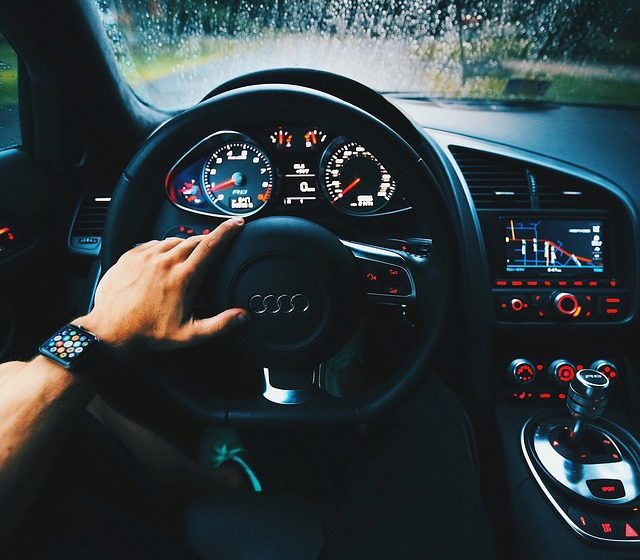In the 1960s and 1970s, many automobile odometers did not even read beyond 99,999 miles. Hit 100,000, and the odometer “flipped” or turned back to zero. But now, thanks to tougher quality standards and post-recession financial concerns, Americans are driving their cars longer than ever before and high mileage cars may now be the rule, not the exception. Is 200,000 miles the new 100,000 miles?
The average age of light vehicles (cars and trucks) on U.S. roads increased to 11.6 years, according to one global information provider. The trend of holding onto vehicles longer continued through the end of 2015. The average length of ownership was 79.3 months, more than 1.5 months longer than reported in 2014. For used vehicles, that number is approximately 66 months, and both are significantly longer lengths of ownership since the same measure 10 years ago.
“It used to be that when a car hit 100,000 miles, that’s the end of things. That’s no longer the case with regular maintenance.
And the oldest vehicles on the road is the group that’s growing the fastes. The number of vehicles 16 years and older is expected to grow 30 percent from 62 million units in 2016 to 81 million units in 2021. The research also indicates that more than 20 million vehicles on the road in 2021 will be more than 25 years old.
Is your car approaching 100,000 miles and maybe you’re looking toward 200,000? Consider these tips to help keep your car on the road.
Drive calmly
Aggressive driving, hard stops and starts, and rapid accelerating or decelerating may hurt your fuel economy, and also adds unnecessary wear and tear to your car. Rough driving may somewhat mimic stop-and-go city driving, which can put extra strain on your vehicle’s suspension and engine. Curbing your need for speed may help keep your car running longer.
Keep it clean
A good wash will not only help your car sparkle, but it will also remove excess road debris like tar and salt. This is especially important during winter months when salt residue from wintry roads may cause undercarriage corrosion. Regular waxing helps protects the paint job and can help resist rust.
Don’t ignore the check engine light
Some divers can tend to overlook when their, check engine light turns on. If you have an older car, it’s especially important to get your vehicle checked out right away. It may be indicative of a serious problem with the transmission, timing belt or engine. Prompt attention can save you the headache and expense of a major problem that could’ve been resolved sooner.

